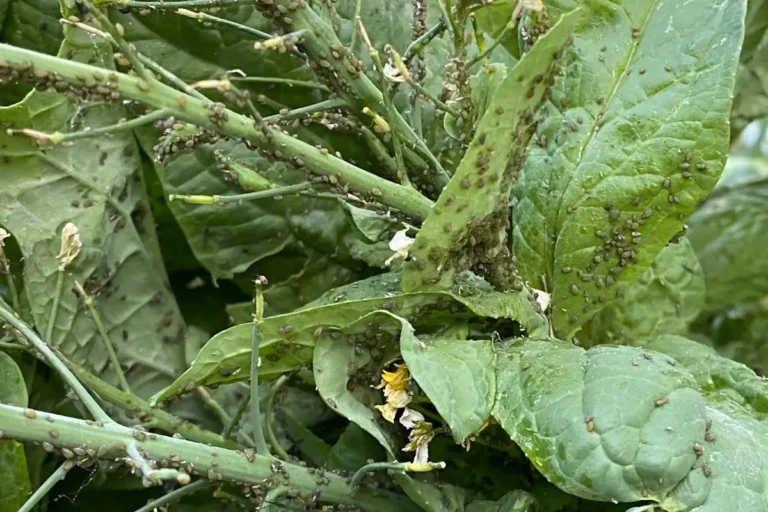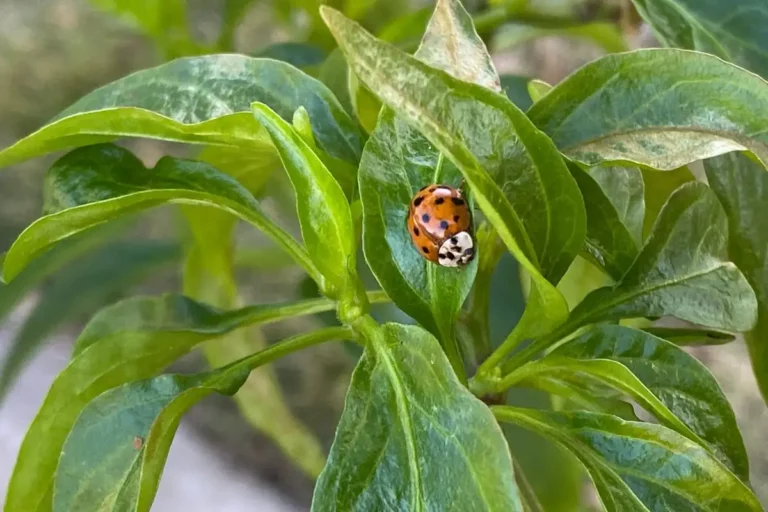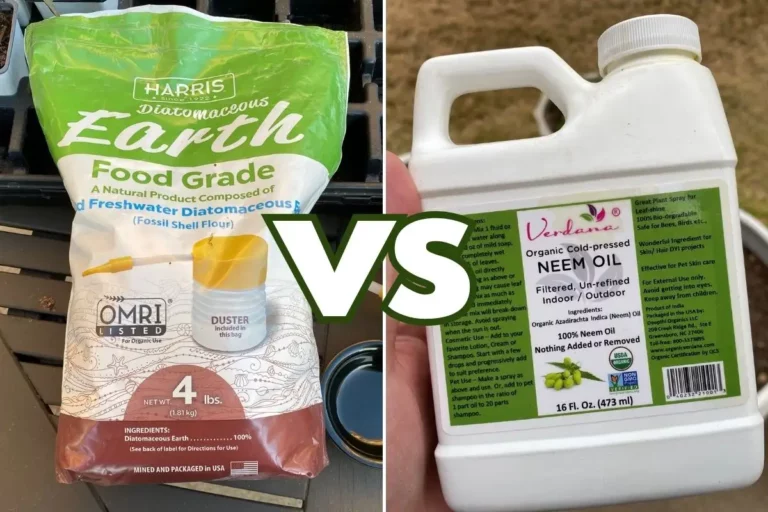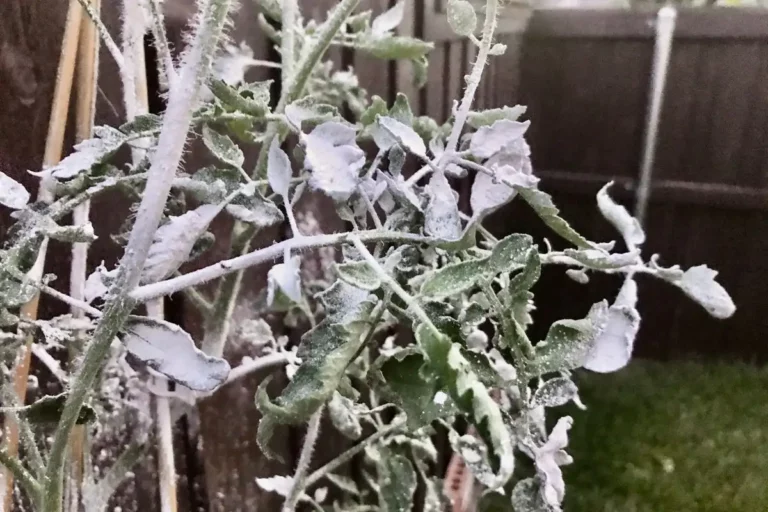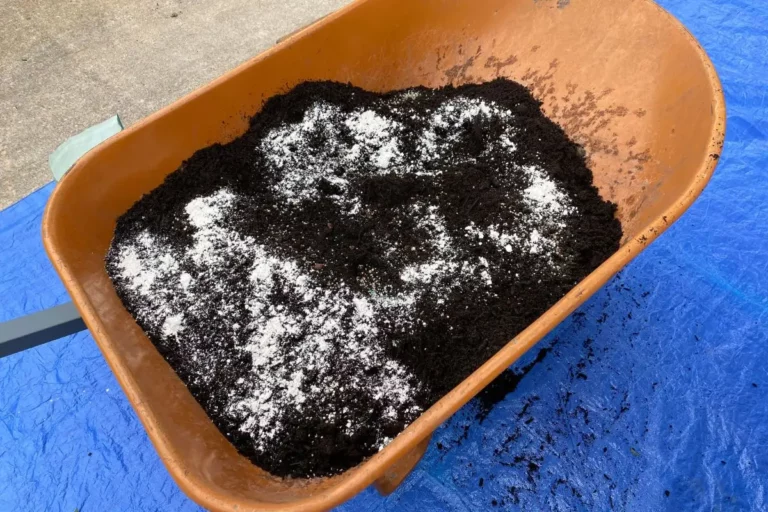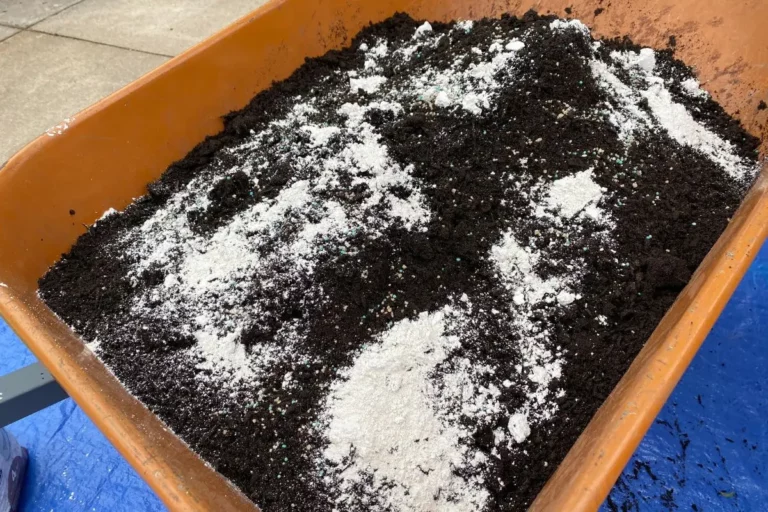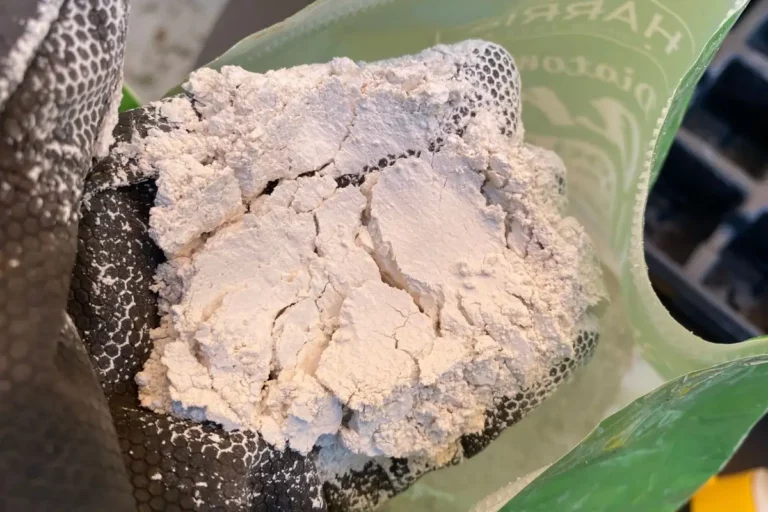Best Way to Apply Diatomaceous Earth to Plants: 11 Pro Tips
If you’re searching for an organic, non-toxic solution to eliminate bothersome garden pests, diatomaceous earth (DE) makes an excellent choice. But if you’ve never used it before, you might be wondering: “What’s the best way to apply diatomaceous earth to plants?” The best way to apply diatomaceous earth to plants is to dust infested areas…

